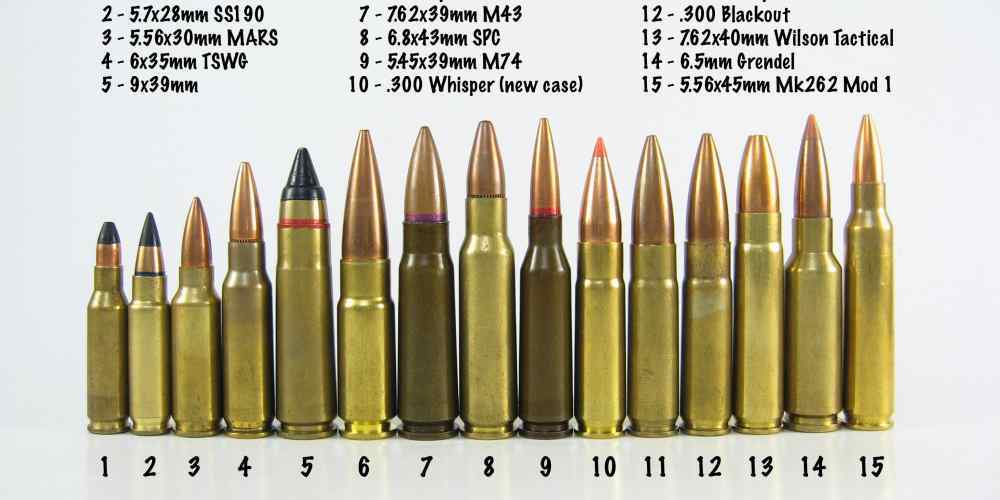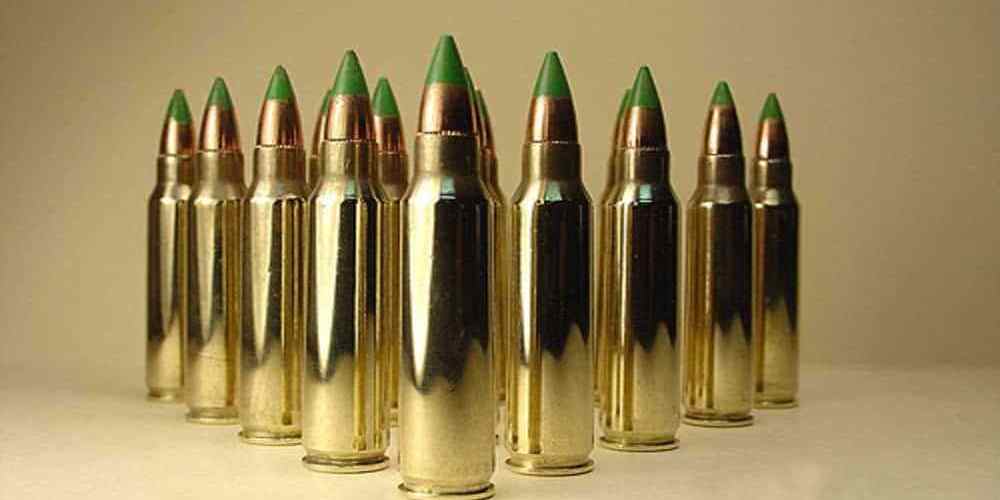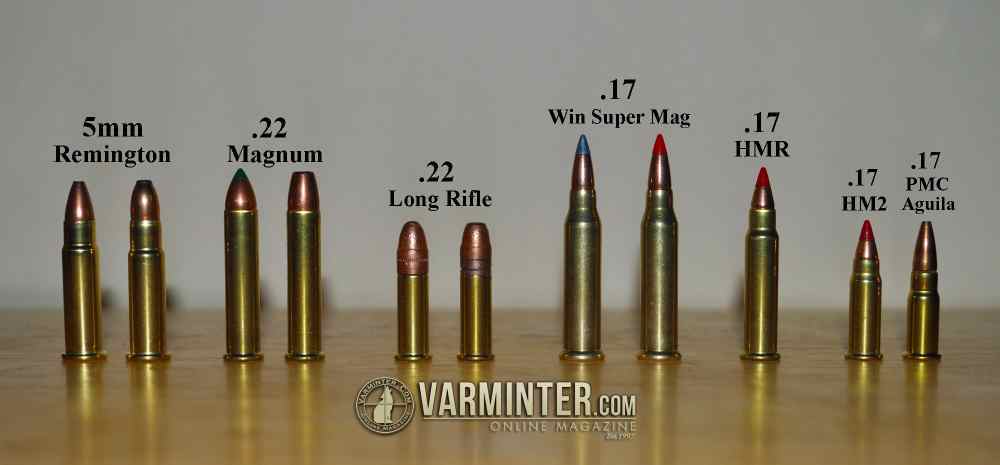“Unlocking the explosive potential of AR15 ammunition with the chemistry of gunpowder.”
Chemical Composition of Gunpowder
Gunpowder, the key component in ammunition for firearms like the AR15, is a fascinating chemical compound that has been used for centuries. Understanding the chemistry behind gunpowder can provide valuable insights into how it functions and why it is such an effective propellant. Gunpowder is typically composed of three main ingredients: potassium nitrate (also known as saltpeter), charcoal, and sulfur. These ingredients are carefully mixed together in specific ratios to create a stable and powerful explosive compound. The chemical reactions that occur when gunpowder is ignited are what generate the energy needed to propel a bullet out of a firearm. Potassium nitrate is a key ingredient in gunpowder because it provides the oxygen needed for combustion. When gunpowder is ignited, the potassium nitrate breaks down into potassium oxide, nitrogen gas, and oxygen gas. The oxygen gas is crucial for the combustion of the other ingredients in the gunpowder mixture, allowing for a rapid release of energy. Charcoal is another important component of gunpowder because it serves as the fuel for the combustion reaction. Charcoal is a carbon-rich material that easily oxidizes when exposed to heat. When gunpowder is ignited, the charcoal reacts with the oxygen gas produced by the potassium nitrate, releasing a large amount of energy in the form of heat and gas. Sulfur is the final ingredient in gunpowder, and it serves to stabilize the mixture and improve its burning characteristics. Sulfur helps to lower the ignition temperature of the gunpowder, making it easier to ignite and ensuring a more consistent burn rate. This is important for firearms like the ar15, which require a reliable and consistent propellant to function properly. The chemical reactions that occur when gunpowder is ignited are complex and occur in a series of rapid steps. The initial ignition of the gunpowder mixture causes a chain reaction that propagates through the entire mass of gunpowder, releasing a large amount of energy in a short period of time. This rapid release of energy is what propels the bullet out of the firearm and allows it to travel at high speeds. The chemistry of gunpowder is a delicate balance of ingredients and reactions that have been refined over centuries of use. By understanding the chemical composition of gunpowder, we can appreciate the complexity of this powerful explosive compound and the role it plays in modern firearms like the AR15. In conclusion, the chemistry of gunpowder is a fascinating subject that sheds light on the inner workings of firearms like the AR15. The careful balance of potassium nitrate, charcoal, and sulfur in gunpowder creates a powerful explosive compound that propels bullets at high speeds. By understanding the chemical reactions that occur when gunpowder is ignited, we can gain a deeper appreciation for the science behind firearms and the role that gunpowder plays in their operation.
Reaction Mechanisms in Gunpowder Combustion
Gunpowder, also known as black powder, has been used for centuries as a propellant in firearms. Its chemical composition consists of three main ingredients: potassium nitrate (KNO3), charcoal, and sulfur. When these components are combined in the right proportions, they create a powerful explosive mixture that propels bullets out of a gun barrel at high speeds. The reaction mechanism that occurs when gunpowder is ignited is a complex process that involves several steps. The first step is the decomposition of potassium nitrate, which releases oxygen gas. This oxygen is essential for the combustion of the other two components, charcoal and sulfur. Charcoal is a form of carbon that is derived from wood or other organic materials. When heated in the presence of oxygen, it undergoes a process called pyrolysis, which breaks down the carbon molecules into smaller fragments. These fragments then react with the oxygen to produce carbon dioxide and water vapor, releasing a large amount of heat in the process. Sulfur, on the other hand, acts as a catalyst in the combustion of gunpowder. It lowers the activation energy required for the reaction to occur, making it easier for the charcoal to react with the oxygen. Sulfur also contributes to the overall energy output of the reaction, increasing the explosive power of the gunpowder. As the gunpowder burns, the gases produced by the combustion expand rapidly, creating a high-pressure environment inside the gun barrel. This pressure forces the bullet out of the barrel and towards its target with great force. The speed and accuracy of the bullet are determined by the amount of gunpowder used and the design of the firearm. The chemistry of gunpowder combustion is a delicate balance of ingredients and reactions. If the proportions of potassium nitrate, charcoal, and sulfur are not correct, the gunpowder may fail to ignite or produce a weak explosion. This is why manufacturers carefully control the composition of their gunpowder to ensure consistent performance. In modern firearms like the AR15, the ammunition is designed to maximize the efficiency of the gunpowder combustion. The casing of the bullet contains a primer that ignites the gunpowder when struck by the firing pin. This ensures that the gunpowder burns completely and propels the bullet with maximum force. The AR15 is a popular choice among gun enthusiasts for its accuracy and reliability. The chemistry of gunpowder plays a crucial role in the performance of this firearm, providing the energy needed to propel bullets at high velocities. Understanding the reaction mechanisms of gunpowder combustion can help gun owners appreciate the science behind their favorite firearms. In conclusion, the chemistry of gunpowder combustion is a fascinating topic that combines elements of physics, chemistry, and engineering. The reaction mechanisms that occur when gunpowder is ignited are essential for understanding how firearms work and why they are so effective. By studying the composition and behavior of gunpowder, we can gain a deeper appreciation for the technology that powers our modern weapons.
Impact of Gunpowder Chemistry on AR15 Ammunition Performance
Gunpowder, also known as black powder, has been a key component in firearms for centuries. Its chemical composition and properties play a crucial role in determining the performance of ammunition, including that used in the popular AR15 rifle. The chemistry of gunpowder is relatively simple, consisting of three main components: potassium nitrate (also known as saltpeter), charcoal, and sulfur. These ingredients are carefully mixed in specific ratios to create a combustible mixture that generates the explosive force needed to propel a bullet out of a firearm. Potassium nitrate is the primary oxidizing agent in gunpowder. When ignited, it releases oxygen, which is essential for the combustion of the other components. Charcoal, typically derived from wood, serves as the fuel in the mixture. It provides the carbon needed to react with the oxygen from the potassium nitrate, producing carbon dioxide and a significant amount of heat. Sulfur acts as a catalyst, helping to stabilize the combustion process and improve the overall efficiency of the reaction. The specific ratios of these ingredients can vary depending on the desired performance characteristics of the ammunition. For AR15 rifles, which are known for their high rate of fire and accuracy, a fast-burning gunpowder is typically used. This type of gunpowder ignites quickly and generates a rapid expansion of gases, propelling the bullet down the barrel at high speeds. The chemistry of gunpowder also plays a significant role in the recoil and muzzle velocity of AR15 ammunition. The amount of gas produced during combustion directly impacts the force exerted on the firearm and the shooter. A well-balanced gunpowder mixture can help reduce recoil and improve accuracy, making the AR15 a popular choice among shooters. In addition to performance considerations, the chemistry of gunpowder also affects the overall safety of firearms. Improperly loaded or degraded gunpowder can lead to malfunctions, misfires, or even catastrophic failures. It is essential for shooters to use high-quality ammunition that has been properly stored and handled to ensure reliable and safe operation. Advancements in gunpowder technology have led to the development of specialized formulations for specific applications. For AR15 rifles, manufacturers have created custom gunpowder blends that are optimized for the unique characteristics of the platform. These tailored formulations can improve accuracy, reduce fouling, and enhance overall performance. As shooters continue to push the limits of firearms technology, the chemistry of gunpowder will play an increasingly important role in shaping the future of ammunition. By understanding the principles behind gunpowder combustion and its impact on performance, shooters can make informed decisions when selecting ammunition for their AR15 rifles. In conclusion, the chemistry of gunpowder is a critical factor in determining the performance of AR15 ammunition. By carefully selecting and using high-quality gunpowder blends, shooters can optimize the accuracy, recoil, and overall safety of their firearms. As technology continues to evolve, advancements in gunpowder formulations will continue to drive improvements in firearm performance and reliability.
Safety Considerations in Handling Gunpowder
Gunpowder is a key component in the ammunition used in firearms like the AR15. Understanding the chemistry of gunpowder is essential for safely handling and using firearms. In this article, we will explore the composition of gunpowder, its properties, and safety considerations when working with it. Gunpowder, also known as black powder, is a mixture of three main ingredients: potassium nitrate (saltpeter), charcoal, and sulfur. These ingredients are combined in specific ratios to create a combustible mixture that generates the high-pressure gas needed to propel a bullet out of a firearm. Potassium nitrate is the oxidizing agent in gunpowder. It provides the oxygen needed for the combustion reaction to occur. Charcoal is the fuel that burns, providing the energy for the reaction. Sulfur helps to stabilize the mixture and improve its burn rate. When gunpowder is ignited, it undergoes a rapid exothermic reaction, releasing a large amount of heat and gas. This gas expands rapidly, creating the pressure needed to propel the bullet down the barrel of the firearm. The speed and force with which the bullet is propelled depend on the amount and type of gunpowder used. Safety is paramount when handling gunpowder. Due to its combustible nature, gunpowder should be stored in a cool, dry place away from sources of heat or flame. It should also be kept in airtight containers to prevent moisture from affecting its performance. When measuring gunpowder for reloading ammunition, it is essential to use precise tools and follow recommended guidelines. Overloading a cartridge with too much gunpowder can result in a dangerous increase in pressure when the firearm is fired, potentially causing the gun to malfunction or even explode. Proper ventilation is crucial when working with gunpowder to prevent the buildup of potentially explosive fumes. It is also important to wear appropriate safety gear, such as safety glasses and gloves, to protect against accidental spills or exposure. In addition to safety precautions, it is essential to understand the characteristics of different types of gunpowder. Some powders burn faster than others, producing higher pressures and velocities. It is crucial to select the right type of gunpowder for the specific firearm and ammunition being used. When loading ammunition, it is important to follow established reloading data and recipes to ensure safe and reliable performance. Deviating from recommended guidelines can result in dangerous consequences, including injury or death. In conclusion, the chemistry of gunpowder plays a crucial role in powering firearms like the AR15. Understanding the composition and properties of gunpowder is essential for safely handling and using firearms. By following proper safety precautions and guidelines, gun owners can enjoy their firearms responsibly and minimize the risk of accidents.
Future Developments in Gunpowder Chemistry for Firearms
Gunpowder has been a crucial component in firearms for centuries, providing the explosive force needed to propel bullets out of barrels at high speeds. The chemistry of gunpowder is a fascinating subject that has evolved over time, leading to the development of more powerful and efficient ammunition. In this article, we will explore the chemistry behind gunpowder and how it powers AR15 ammunition, as well as discuss future developments in gunpowder chemistry for firearms. Gunpowder, also known as black powder, is a mixture of three key ingredients: potassium nitrate (saltpeter), charcoal, and sulfur. These ingredients are combined in specific ratios to create a highly combustible mixture that generates a large volume of gas when ignited. This gas rapidly expands, creating pressure that propels the bullet down the barrel of the firearm. Potassium nitrate is the primary oxidizing agent in gunpowder, providing the oxygen needed for combustion to occur. Charcoal serves as the fuel, providing carbon for the reaction, while sulfur acts as a catalyst, helping to stabilize the combustion process. When these ingredients are mixed together and ignited, they undergo a rapid exothermic reaction, releasing a large amount of energy in the form of heat and gas. The chemistry of gunpowder is crucial in determining the performance of ammunition. The ratio of potassium nitrate, charcoal, and sulfur can be adjusted to create gunpowder with different properties, such as burn rate, energy output, and pressure generation. These factors influence the velocity, accuracy, and recoil of the bullet when fired from a firearm. AR15 ammunition, commonly used in rifles and semi-automatic firearms, is powered by a specific type of gunpowder optimized for high velocity and accuracy. The chemistry of the gunpowder used in AR15 ammunition is carefully engineered to provide consistent performance and reliable ignition in a variety of conditions. Future developments in gunpowder chemistry for firearms are focused on improving the efficiency, power, and safety of ammunition. Researchers are exploring new formulations of gunpowder that can deliver higher velocities, increased energy output, and reduced recoil. By fine-tuning the chemistry of gunpowder, manufacturers can create ammunition that is more effective and reliable in a wide range of shooting scenarios. One area of research in gunpowder chemistry is the development of environmentally friendly alternatives to traditional gunpowder ingredients. Some researchers are exploring the use of bio-based materials, such as plant-derived compounds, as replacements for sulfur and charcoal in gunpowder formulations. These bio-based gunpowders have the potential to reduce the environmental impact of firearms manufacturing and disposal. Another area of interest in gunpowder chemistry is the use of nanotechnology to enhance the performance of ammunition. Nanoscale particles can be incorporated into gunpowder formulations to improve burn rates, increase energy output, and reduce fouling in firearms. By leveraging the unique properties of nanomaterials, researchers can create gunpowder that is more efficient and reliable than traditional formulations. In conclusion, the chemistry of gunpowder plays a critical role in powering AR15 ammunition and other firearms. By understanding the principles of gunpowder chemistry, researchers can develop new formulations that improve the performance and safety of ammunition. Future developments in gunpowder chemistry are focused on creating more powerful, efficient, and environmentally friendly alternatives to traditional gunpowder. With ongoing research and innovation, the future of firearms and ammunition looks promising.






